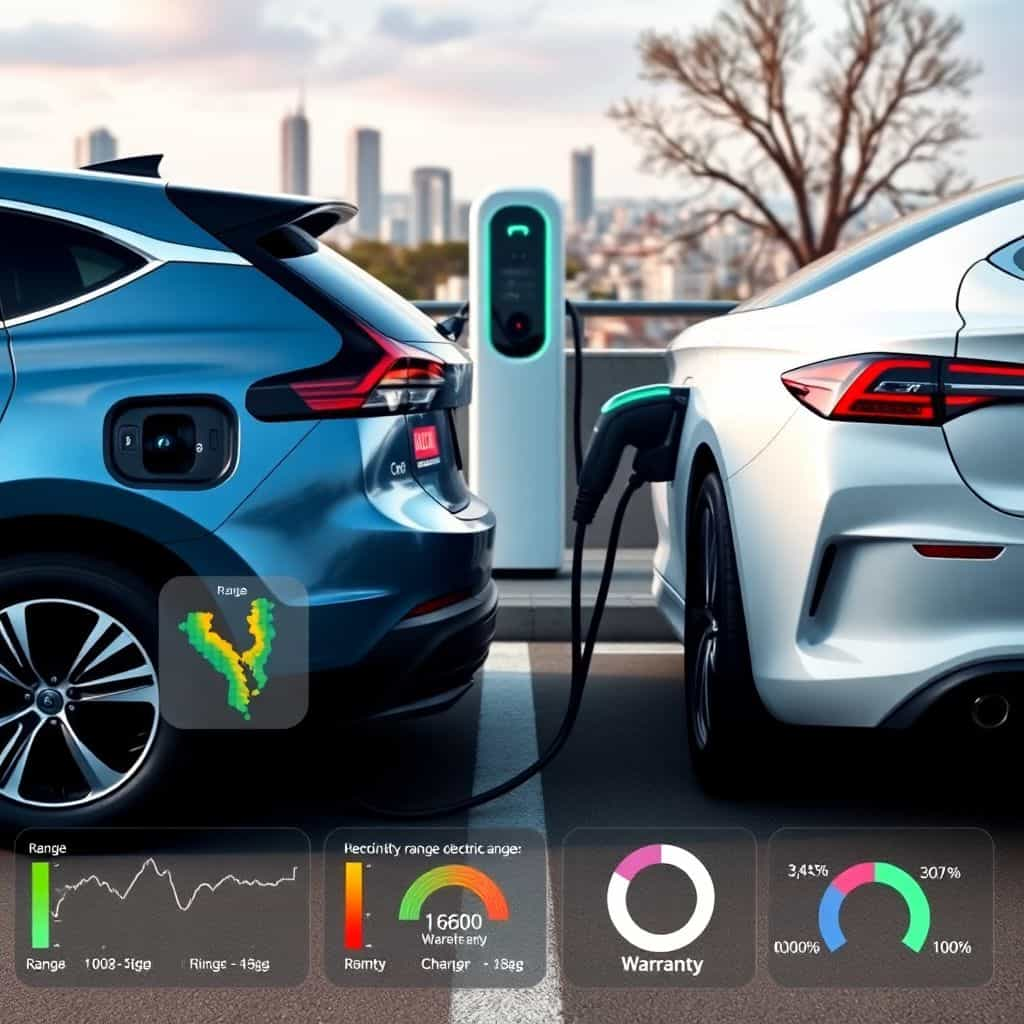The shift towards electric and hybrid vehicles is increasingly prominent as environmental concerns and innovations in technology reshape consumer preferences. Not only do these vehicles promise a cleaner, more sustainable future, but they also herald a revolution in automotive engineering—most notably, the advancements in battery life and range.
Range has become the battleground where electric vehicles (EVs) and hybrids vie for dominance. Traditionally, electric cars faced criticism for limited range, often referred to as ‘range anxiety,’ but today, many manufacturers boast hundreds of miles on a single charge. Meanwhile, hybrids leverage their dual powertrains, combining electric and combustion engines, to offer impressive distance capabilities alongside convenient recharging options that negate the sole reliance on charging stations.
When considering an electric or hybrid vehicle, one must evaluate several crucial factors. First, the range: EVs like the Tesla Model S and the Ford Mustang Mach-E are leaders in this area, with ranges exceeding 300 miles. Hyundai’s Kona Electric offers a balance between cost and capacity, while the Chevrolet Bolt is a strong contender in the affordability market with substantial range capabilities.
Maintenance plays a differing role in electric and hybrid vehicles than it does in traditional internal combustion engine vehicles. EVs typically require less maintenance—no oil changes, fewer moving parts, and by design, regenerative braking systems extend the life of brake pads. However, according to the Rocky Mountain Institute, routine checks for battery degradation and software updates are imperative to maintain performance.
For hybrids, the complexity of having both an electric motor and a gasoline engine can increase maintenance checks. Issues can arise from the need to balance the two power sources effectively. Ensuring proper chain reactions between the systems is indispensable for longevity. As Mike Tinskey, a former Ford executive, suggests, keeping abreast of both battery health and engine performance is paramount for hybrid owners.
Warranties and additional safeguards are another vital consideration. Most manufacturers offer substantial warranties on hybrid and EV batteries, often spanning eight years or up to 100,000 miles. Notably, California leads the charge with even more robust consumer protection laws requiring manufacturers to extend warranties on emission components significantly.
When purchasing, an often-overlooked aspect is how geographic location influences vehicle choice. Data from the International Council on Clean Transportation show that regions like Europe and China have robust EV infrastructures, with China witnessing a 50% uptick in electric car sales in the past year alone. The U.S. is catching up, yet infrastructure and adoption rates vary dramatically between states, with California at the forefront.
An anecdote from Jackie Dee, an EV enthusiast from San Francisco, highlights another aspect of EV purchasing decisions: ‘Living in California made it easier to take the plunge into full electric, given the abundant charging stations and government incentives.’ These factors significantly alter the viability of purchasing an EV or hybrid, with incentives differing substantially between localities.
Comparing tools for vehicle selection involves perusing both traditional automotive publications and digital platforms. Renowned magazines such as ‘Car and Driver’ and ‘Motor Trend’ offer in-depth reviews and comparisons—providing road tests that detail handling, range, and overall performance. On the digital frontier, platforms like Kelley Blue Book and Edmunds give updated market assessments and consumer reviews that provide a wealth of experiences from current vehicle owners.
Yet, the challenge lies in balancing these findings with personal preferences and logistical realities. For instance, someone residing in a rural area may prioritize hybrid options for their longer ranges without needing extensive charging networks.
In conclusion, the journey to purchasing an electric or hybrid vehicle in 2023 is laden with considerations, from range and maintenance to warranties and geographic suitability. While the landscape can seem daunting, informed decision-making tools and resources are readily available to ensure prospective buyers make a choice aligning with both their environmental ethos and practical needs.
You may also like
Buy a Suburban Detached Home: Opportunities, Costs and Considerations
As urban living becomes increasingly expensive, many prospective homeowners are looking toward suburban areas for more affordable housing options. This article explores the advantages and challenges of purchasing a detached home in the suburbs, compares market options, and provides insights into securing the best deals.
Why buy an apartment in the City Center ?
Purchasing an apartment in the city center involves a myriad of considerations, including financial, practical, and lifestyle factors. This article explores various proposals, compares cost-effective options, and highlights the potential challenges and benefits of city-center real estate acquisition.
Petrol and Diesel Car Purchases
Exploring the nuances of buying petrol and diesel cars, this comprehensive guide covers market trends, inspection tips, and the best resources available for making informed decisions. Highlighting regional purchasing patterns and expert opinions, this article aims to equip prospective buyers with essential knowledge for a secure investment.
Purchasing a Motorcycle: Insights and Comparisons
This article provides an in-depth guide on purchasing a motorcycle, detailing suggestions on state of use, service history, warranty, accessories, and provenance. It offers a comparative analysis of various purchase options, exploring the intricacies and essential checks vital for a secure transaction.
